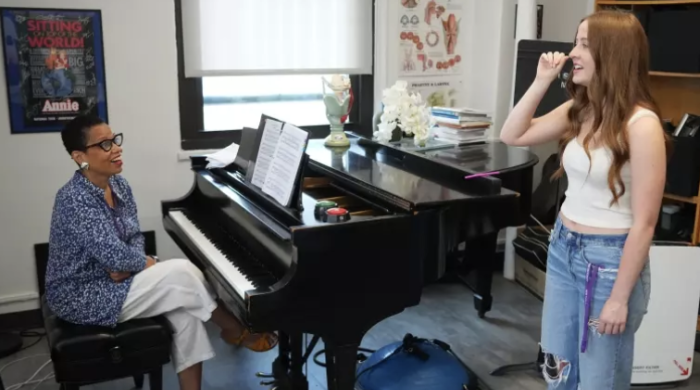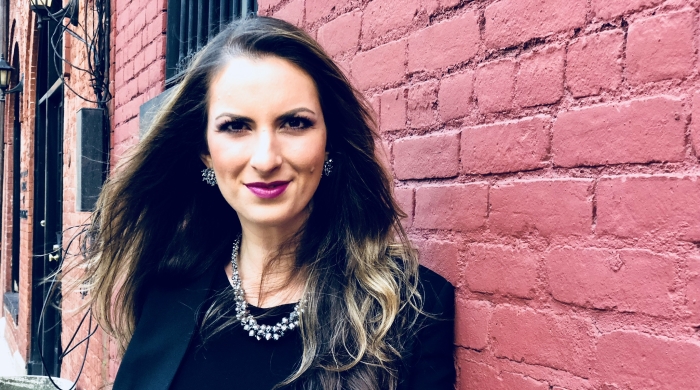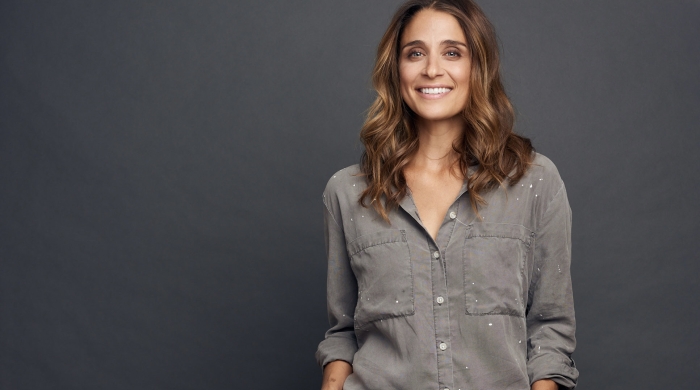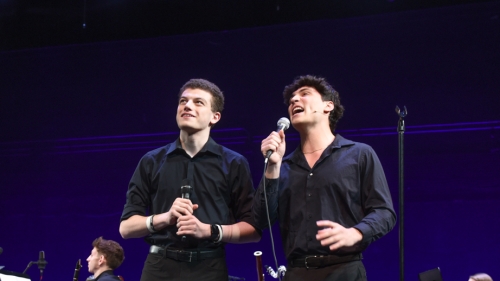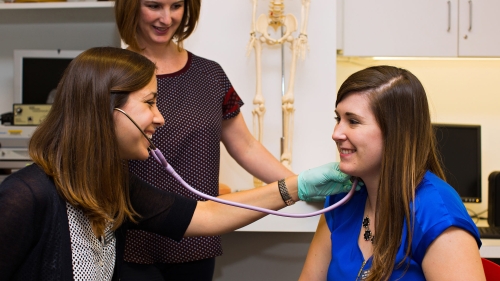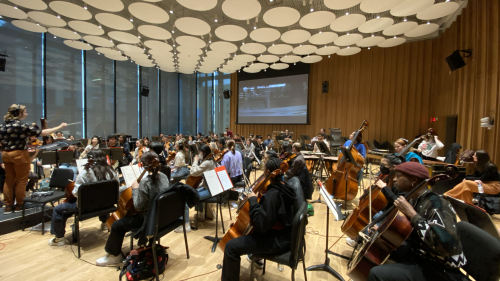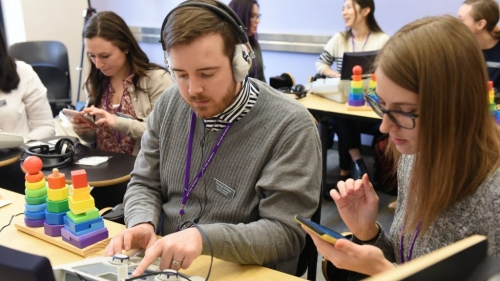Drawing on her experience as a musical director, vocologist, and music associate professor of vocal performance at NYU Steinhardt, Zuim uses voice science to identify both singers and speakers—and help solve crimes.
Ana Flavia Zuim, music associate professor of vocal performance in NYU Steinhardt’s Department of Music and Performing Arts Professions, is using her proficiency in voice science as an expert witness in criminal trials.

Throughout her career as a vocologist and musical director and conductor, Zuim acquired a rich understanding of acoustics and vocal physiology—an understanding she now puts to use for forensic voice analysis. She has served as an expert witness in diverse cases dealing with both the singing and speaking voice, including cases involving proper artistic attribution for performers and discrimination based on perceived age of voice. She has also provided expert testimony in homicide cases and those involving suspects facing death row sentences.
“Every person has a unique anatomy inside their throat, resulting in different resonances, and that’s partly why our voices sound distinct from each other,” says Zuim. “In particular, ‘formants’ are ranges of frequency in the spectrum of human speech caused by resonance in the vocal tract. The first two formants distinguish the vowels we speak, while the higher formants provide greater degrees of distinctive characteristics and are responsible for someone’s timbre (someone’s voice color and sound quality that is distinct from other people’s voices). These differences in resonance can help us identify one voice from another, or characteristics of a single voice, in an evidence-based, data-driven way.”
For her work in criminal trials, Zuim is often asked to study an individual’s voice based on recordings from voicemails, doorbell cameras, wiretaps, and more. She then compares them to a known sample of the person’s voice, such as from a recorded police interview or phone call.
Because these recordings aren’t happening in a controlled setting, each recording can vary greatly: the speaker could be farther from or closer to the microphone, or speaking into a variety of devices. Such possible differences of intensity and recording quality must be taken into account during a voice analysis. “That’s why it’s important to continue to do research on the human voice to collect more concrete data on discernible, scientific differences and levels of variability across speakers in various settings, including when the same speaker employs loud versus soft speech, or when someone is trying to disguise their voice,” says Zuim.

It’s important to continue to do research on the human voice to collect more concrete data on discernible, scientific differences and levels of variability across speakers in various settings.
The International Association of Forensic Phonetics (IAFPA) recently welcomed Zuim as a member. This professional association seeks to foster development and research in forensic phonetics and acoustics and to set down and enforce standards of professional conduct and procedure for those involved in forensic phonetic and acoustic casework.
In the summer of 2024, Zuim attended the IAFPA conference in Montreal, where she presented on an ongoing study she’s conducting at Steinhardt on inter- and intra-speaker variability on formant frequencies. Her collaborators are Jenna Battipaglia, clinical assistant professor of Communicative Sciences and Disorders (CSD) at Steinhardt; Susannah Levi, associate professor and director of undergraduate studies in CSD; and Geddy Warner (MM ’20, Classical Vocal Performance), a PhD candidate in Steinhardt’s Music Performance and Composition: Performance program.
“This interdisciplinary study looks carefully at the first through fifth formants to gain a better understanding of the levels of variability in each formant among different speakers, as well as within a single speaker,” says Zuim. “This information may help us recognize acoustical identifiers of the human voice, which can aid in the accurate identification of people by the way they sound.”
Beyond the differences in formant resonance, Zuim also relies on other markers when studying voices in her forensic analysis, as humans display patterns of speech behavior that are incredibly specific and individualized. This includes accents and dialects, prosody of language (the rise and fall of pitch), the tempo at which they speak, disfluencies (pauses and hesitations), and the presence or lack of the rhotic—or “r”—sound, among other parameters.
“My dissertation was done on the prosody of language, which is how the rhythm, melody, and intonation of speech contribute to meaning,” says Zuim. “These are all important factors that help me evaluate and interpret what people are saying and how they’re saying it, and identify someone’s common vocal behaviors.”
In addition, pitch patterns can serve as valuable indicators of a person’s age, which is particularly useful in cases where age may help identify someone. These patterns can also support hypotheses about whether a layperson might distinguish a voice as belonging to a child, teenager, or adult.
On November 12, 2024, the Connecticut State Police gave Zuim and several colleagues a Unit Citation Award for their efforts in a lengthy investigation into the death of a young woman in Burlington in 2023. Her most recent case work includes a potential murder trial.
Related Articles
Soprano Harolyn Blackwell Shares Her Love for the Stage and Teaching
World-famous soprano Harolyn Blackwell has performed with everyone from Aretha Franklin to Luciano Pavarotti. She's sung for four presidents and one pope. For the last seven years she has also been a voice teacher at NYU Steinhardt. She spoke a bit about her career and the four P's.
Measuring the Vocal Athleticism of Broadway Stars
In a new research study, Ana Flavia Zuim, director of Vocal Performance at NYU Steinhardt, measures the impact of performance on vocal health.
Elena Shaddow on the Importance of Passing the Torch
Elena Shaddow got her start on Broadway in Les Miserables when she was in her senior year at Steinhardt. She likes to say she is a Steinhardt success story. In this interview, she shares the importance of passing on the torch, learning from those with experience and why NYU Steinhardt is the place to be for a future career in vocal performance.

